Team India has improved overseas in Tests, but there is still scope for improvement
10 Min Read
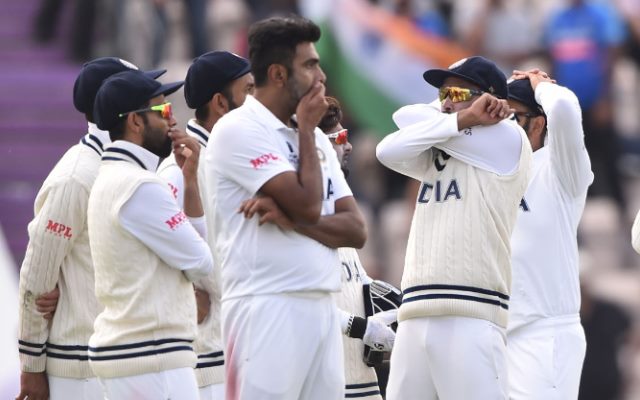

It has been almost 3 weeks since India lost the inaugural WTC finale. It was a moment of despair for the Indian fans all over the world who wanted to see Virat Kohli and his team lift the ICC Test mace. Since India was the best team throughout the cycle and over the years, the expectations were pretty high.
However, the team faltered at the final step, handing New Zealand their first major ICC trophy in 2 decades. On the outside it looked that India just lost the plot on the final day, missing the win by a whisker. However, if we look at India’s overseas Test performances over the last 3 years, we can find some common patterns as reasons for their losses, especially in SENA countries.
They were the same points which led to India’s downfall in the WTC final too. Although India has done significantly well overseas under the inspirational leadership of Virat Kohli, these areas have invariably robbed India’s chances of winning Test series in the SENA countries. It is also interesting to see that India has won Tests in SENA only when these problems have been taken care of.
Here we analyse the reasons for India’s losses in the SENA countries:
Inconsistent middle order
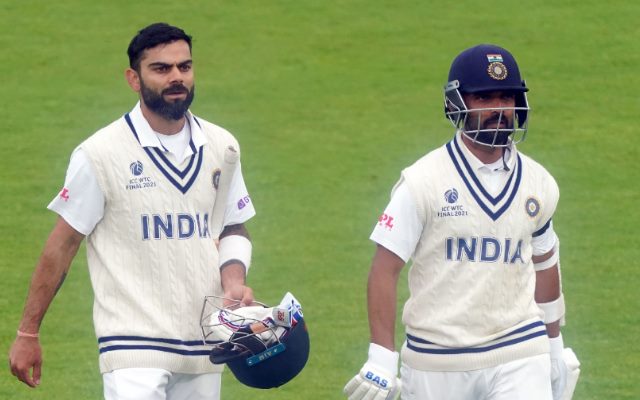
To achieve big scores in Test cricket, the middle order of a Test team plays the most important role. After the openers get through the tough new ball phase early on, the onus is on the middle order to capitalize on it and get a huge score.
India’s current middle order looks extremely strong on paper. With the likes of Cheteshwar Pujara, Virat Kohli and Ajinkya at number 3, 4 and 5, followed by Rishabh Pant and sometimes Hanuma Vihari, this is a world-class lineup. However, very few times it has been the case that all of them fired together.
In the 2018 England tour, Virat Kohli was the lone warrior throughout the series who was not supported by any of the other batsmen on most occasions. More recently, in the New Zealand tour of 2020, the entire middle order was taken apart by the Kiwi bowlers in the entire series, yet again highlighting this area of concern. Thus, if India wishes to win the upcoming SENA tours, this problem needs to resolved.
Problems against the moving ball
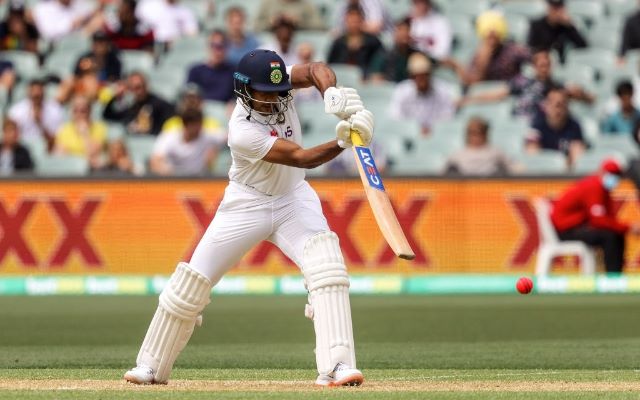
This is the second concern with the batting order on SENA tours. This is a traditional problem with the Indian batsmen over the years as even certain legends failed to score runs in such conditions. Simply put, whenever the ball moves, i.e., swings or seams significantly, the Indian batsmen struggle.
After the horror England tour of 2014, Virat Kohli worked hard on his game, both technically and mentally, achieving immense success on the next tour there in 2018. However, the New Zealand tour in 2020 and Kohli’s dismissals in the WTC final, brought back the demons of 2014.
Even Ajinkya Rahane, who was called India’s overseas specialist few years back, has struggled recently. Mr. Dependable Cheteshwar Pujara too has similar problems overseas. There is another interesting observation about the 2020-21 Border Gavaskar trophy. India played astonishingly well, to win that series, but the one match where they plunged was the day-night Test in Adelaide.
The pink ball usually seams and swings more than the ordinary red ball, especially under lights. Thus, the problem against seaming deliveries came to the fore once more as the entire batting line up was squared up and the team was bundled out 36.
Losing wickets in clusters
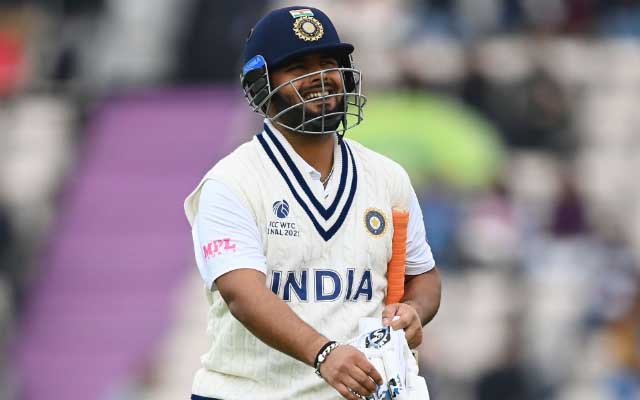
In the recent times, the Indian batting overseas has been under the scanner. The techniques of the batters have been criticized which is true to a certain extent. But there are other aspects in batting too. One of the most important of them is partnership building. To succeed overseas and score huge totals, batsmen need to bat longer. Unfortunately, this has also been a problem with the Indian batting lineup.
We see several times, if a wicket falls after a certain gap, more wickets follow. It is really difficult to bat in such conditions, but someone needs to bat long. A near batting collapse is witnessed many times which is hurtful to the winning chances.
So, losing wickets is not as deadly, but losing wickets in a bunch or cluster is a problem. Thus, Indian batsmen need to bat in partnerships, at least small ones to avoid collapses.
Inability to break partnerships
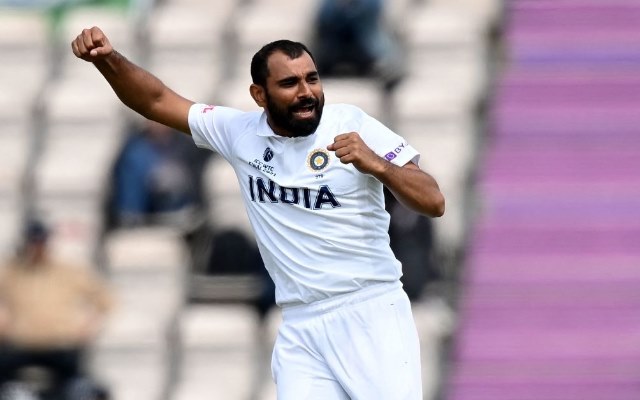
We currently have a breed of world-class pacers, that too in abundance and the evergreen and legendary spin duo of Ravi Ashwin and Ravindra Jadeja. Although the Indian bowling line up is one the most improved and lately one of the best in the world, there are a few problems which need to be addressed here too.
When the conditions ask for the pacers to step up, they do so pretty well and the same goes for the spinners too. They can pick wickets at regular intervals, not letting the batsmen to settle down. But, if the batsmen get on top and build a significant partnership, the bowlers struggle to break through the partnership of settled batsmen. The batmen then dictate the game and take it away from India.
The most recent match where this happened was in the WTC final. In the first innings, the bowlers bowled really well and picked wickets consistently. However, in the second innings, after getting the openers out, a stern challenge stood in front of the Indian bowlers, to break the partnership of the experienced duo of Kane Williamson and Ross Taylor. The bowlers failed to do so and they took their side all the way to the win. Hence, partnership breaking needs to be focussed on.
Negligible contribution from the tail
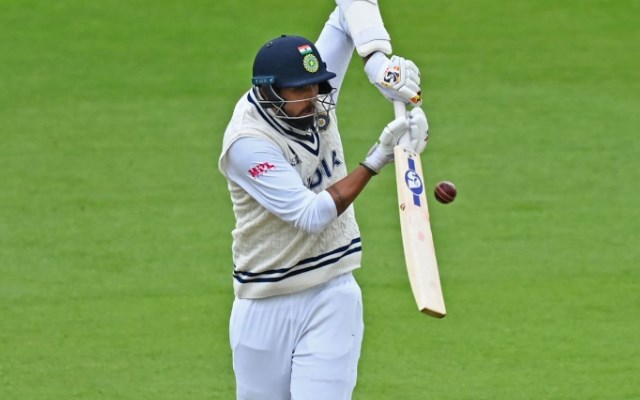
In ODI and T20 cricket, there is usually no need for the bowlers to bat. The fixed number of overs are usually played out by the elite batsmen of a quality side. However, the case is not similar in Test cricket.
On a true wicket which poses an even contest between bat and ball, the batsmen eventually get out and the bowlers have to come out to bat invariably. So, this makes it very important for the bowlers to have good batting skills too and add runs to the team total.
However, the Indian tail’s batting has not been up to the mark. Their average contribution in the WTC cycle is a mere 14.65 runs. This has certainly hurt India’s chances of going above average totals. We have seen that these few runs or the time in which these few runs are scored can play a big part in crucial games.
For example, as observed by Aakash Chopra, on the last day of the WTC final, it was only a matter of only 9-10 overs. If the bowlers would have batted a few overs more, more time would have been consumed and few more runs could also have been scored. This in turn would have increased the target for New Zealand and would have given them fewer overs to chase it. This would have put pressure on the Kiwis and who knows the result could have been different.
Inability to wrap up the tail
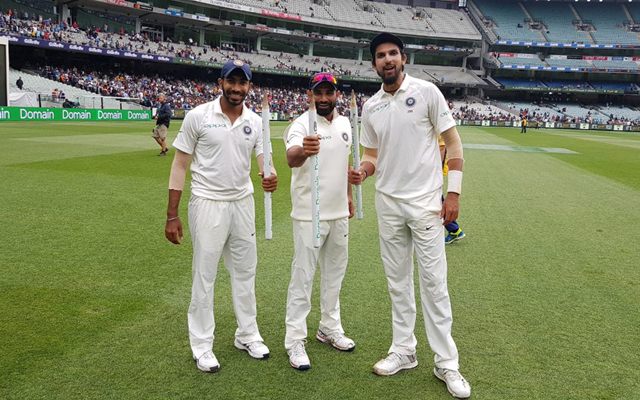
If the previous problem was not enough, the Indian bowlers are not able to run through the opposition’s tail easily too. After working hard to scalp to batsmen’s wickets and getting in a good position, a captain would wish for his bowlers to end the tail-enders’ innings’ quickly.
However, this does not seemingly happen with the Indian bowlers. Although it may seem that getting the bowlers’ wickets is easy, it is not so. It requires smartness to put pressure on the lower-order batsmen and get them out. It seems that the Indian bowlers have not been able to crack this code. Going back to the 2018 English tour, the Indian bowlers were right on the money throughout the series not letting the English batsmen to get on top.
However, several times in the series, after getting the top-order out of the way, a young lad, Sam Curran, playing at a position lower than number 6, scored many valuable runs washing away all the previous hard-work of the bowlers. In the 2018-19 Aussie tour, in the first match at Adelaide, India won the match by a mere 31 runs after setting a target in excess of 300. It was the wagging tail which troubled the . A similar thing happened on the New Zealand tour of 2020 too.
As a result of this, India has had to chase larger targets in the 4th innings, in turn a reason for their series losses. Thus, if India wishes to succeed overseas, this area needs to be worked on.
Dropped catches
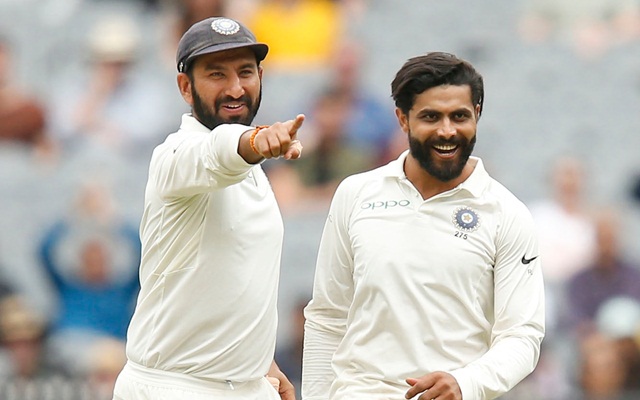
We all have heard of the statement, which is also a fact: “Catches win Matches”. It may be a cliché but it is definitely true. Thus, to win matches, especially Tests, catching of a team should be right on point.
In SENA countries, the ball seams and swings which produces many catches especially in the slip cordon and gully. Whenever a chance arises, the catch should be taken else it can have serious effects on the match. There are a few elite batsmen, who hardly nick the ball. If these batsmen’s catch is dropped, it is very uncertain when the next chance will come.
Apart from the falling wicket, it also has an effect on the momentum of the match. Alastair Cook and Brendon Mcculum who notched up the highest scores for their respective countries against India, were both dropped early on in the innings. Most recently, even in the WTC final, Pujara dropped a catch of Ross Taylor off Bumrah at a really crucial stage of the match.
The game was slipping away from India, but a wicket there could have given India an opening to get back in the match. Thus, if a team drops catches in Test match, winning will definitely be tough. Although, Indian catching has improved over the years, there is still scope for improvement.
Download Our App